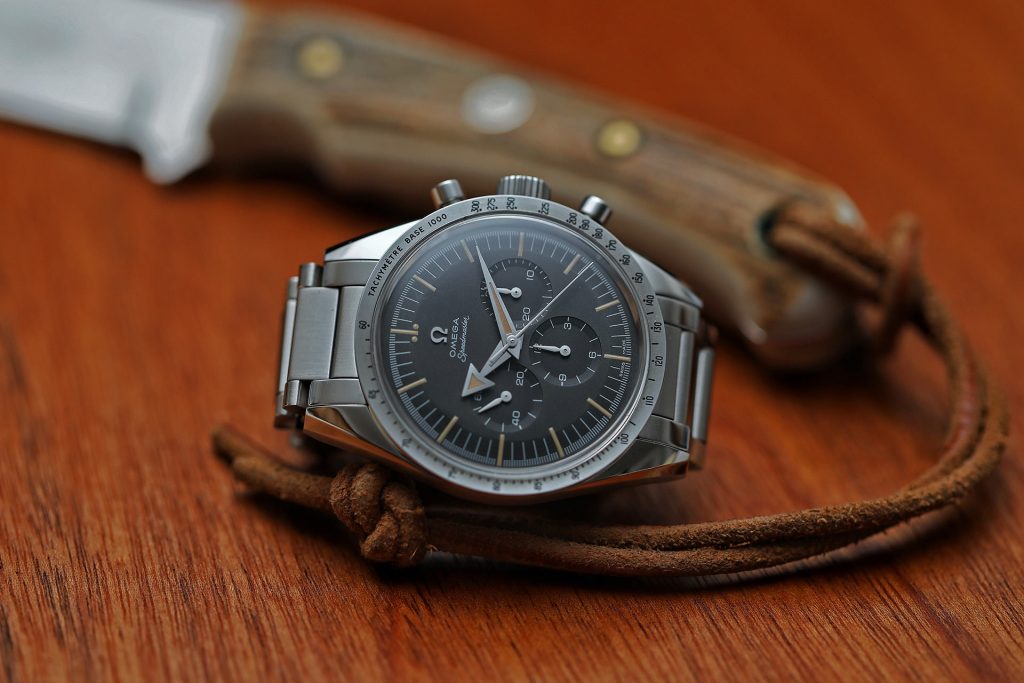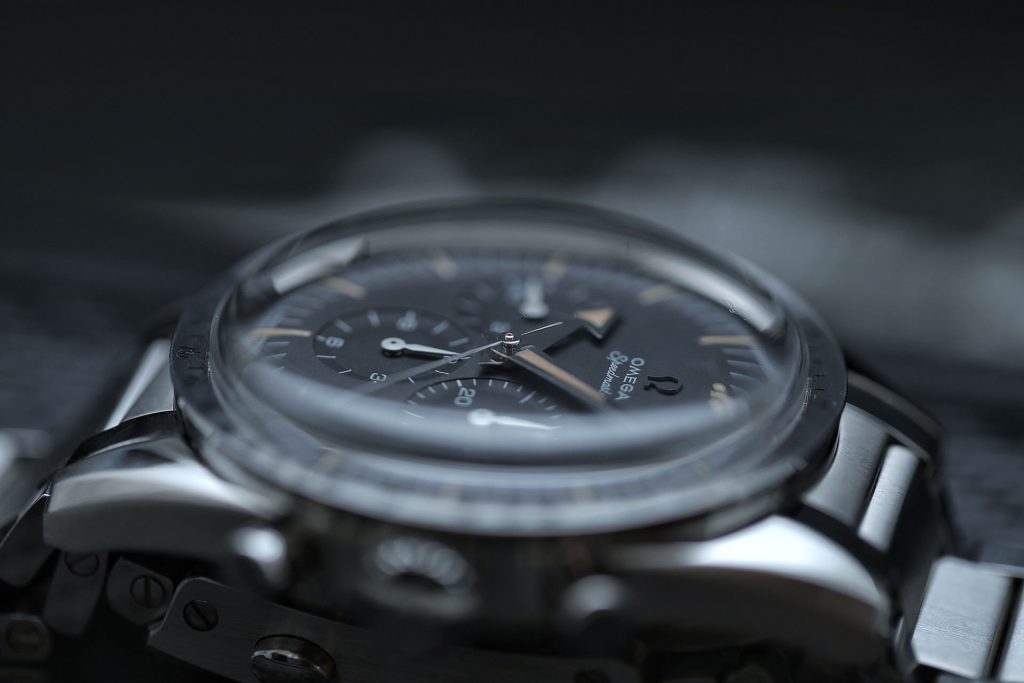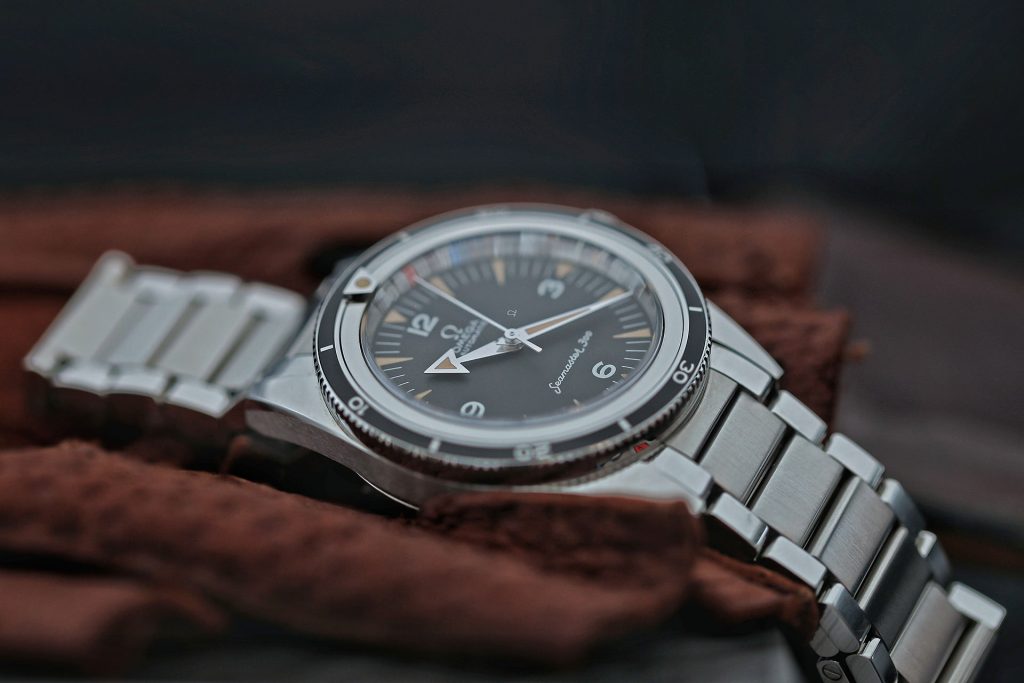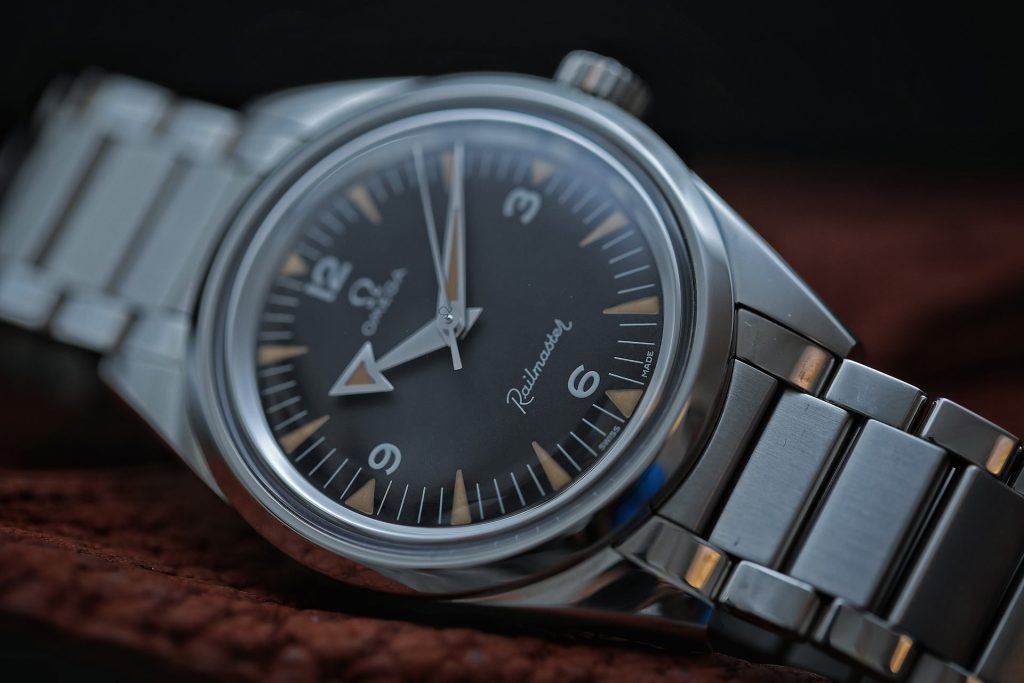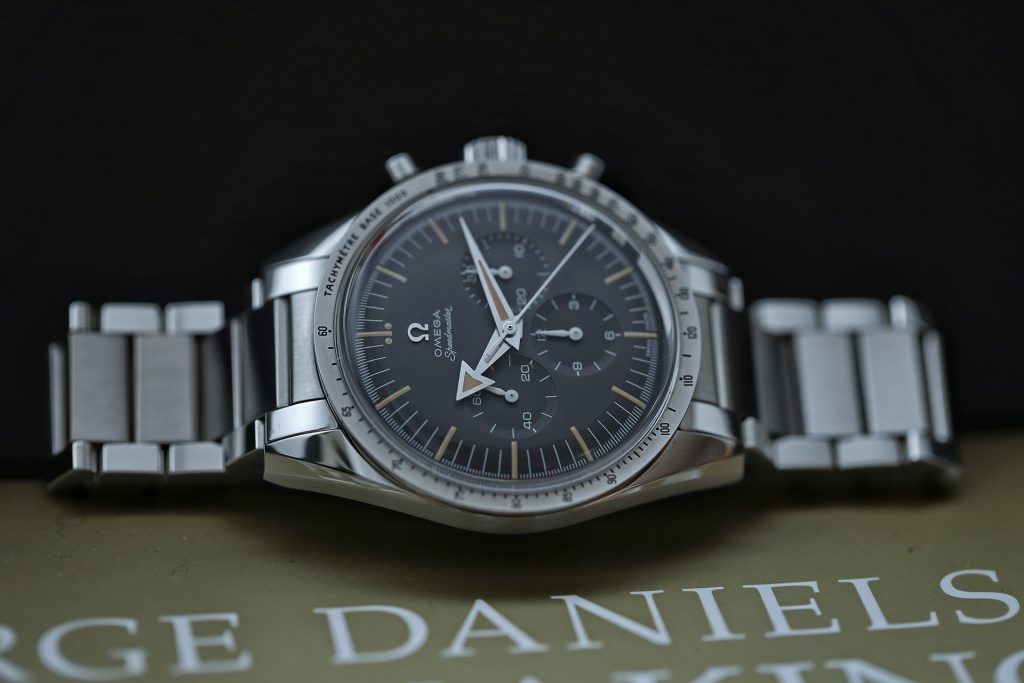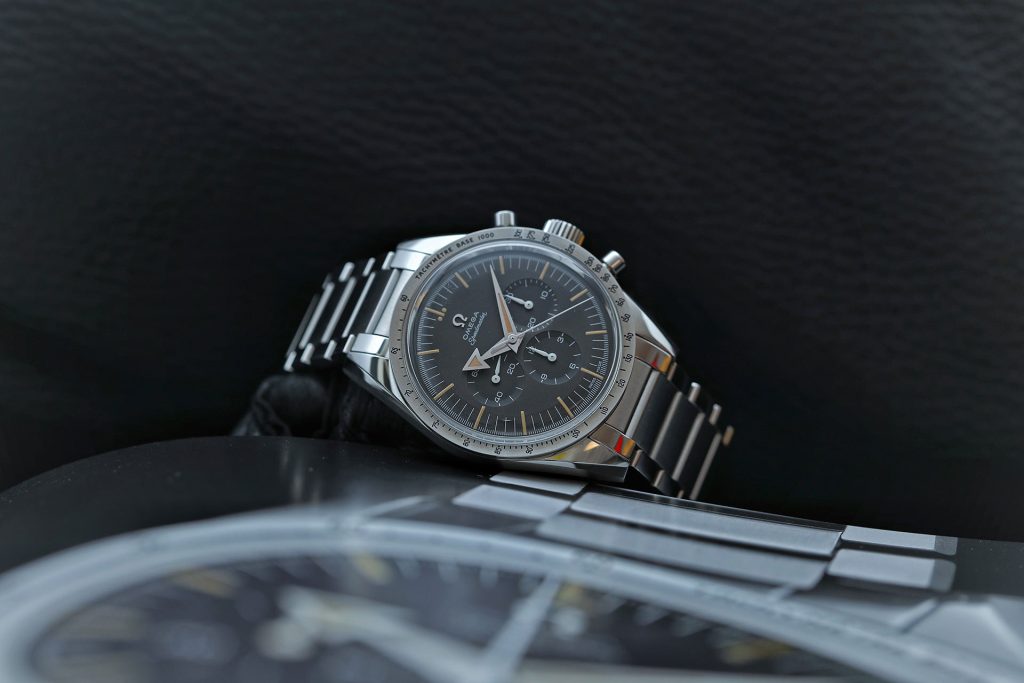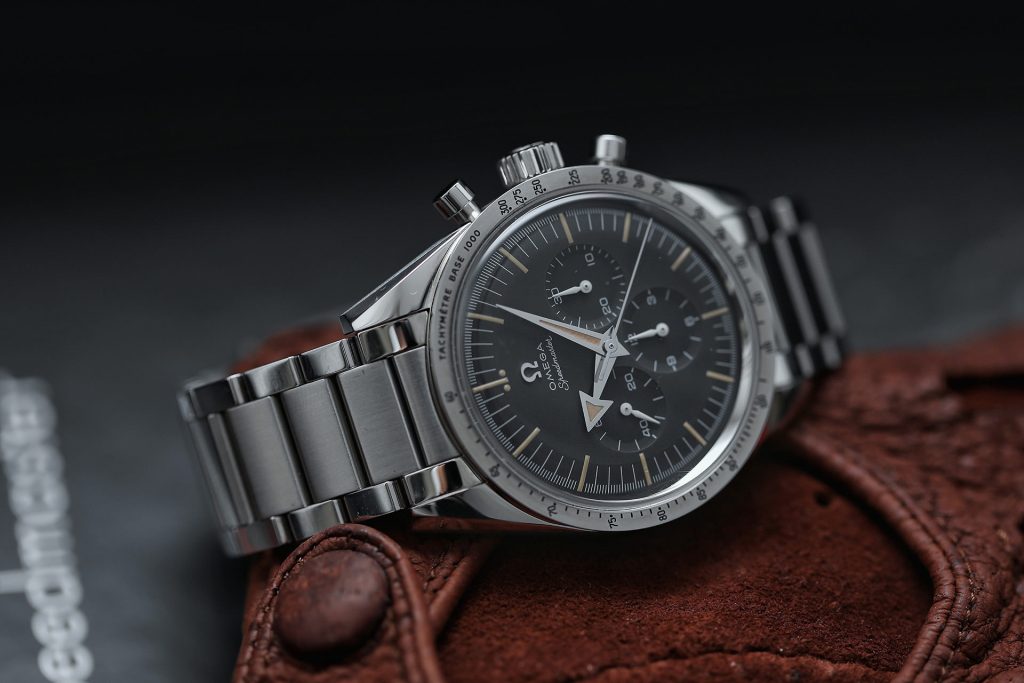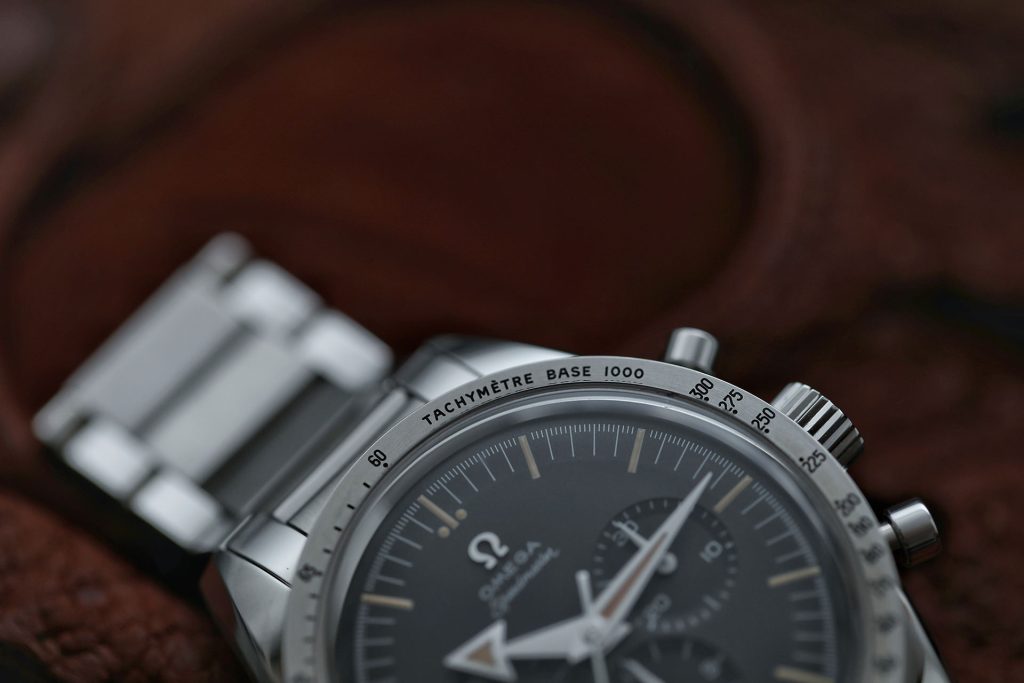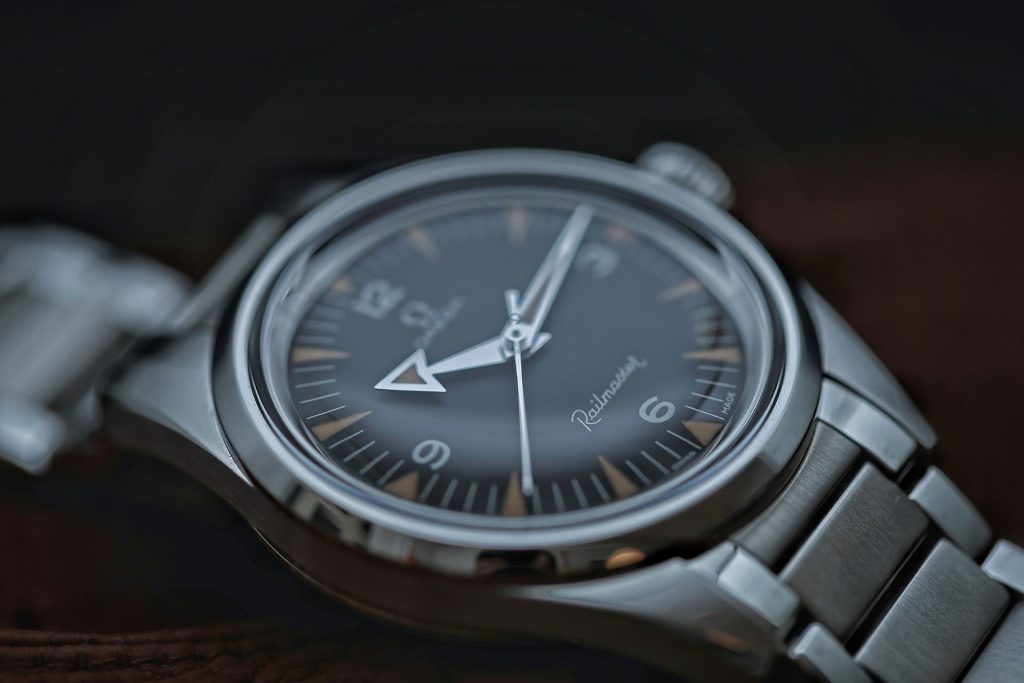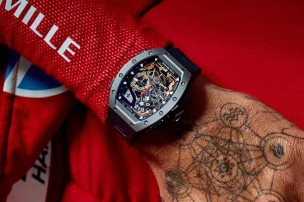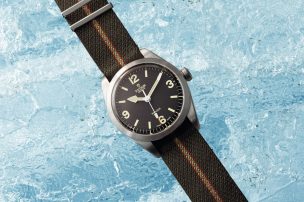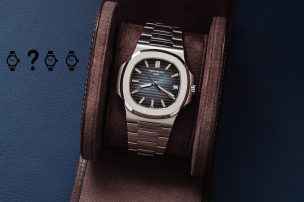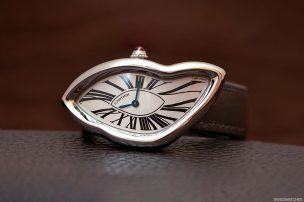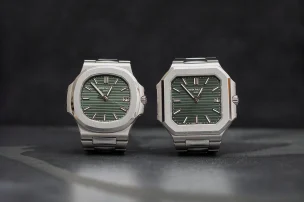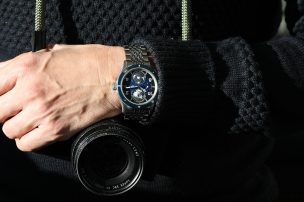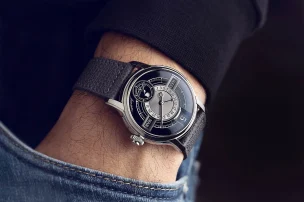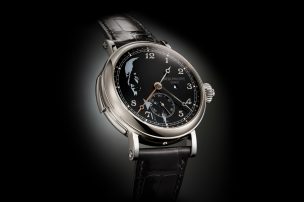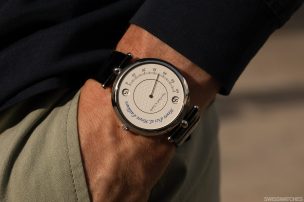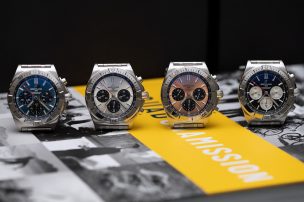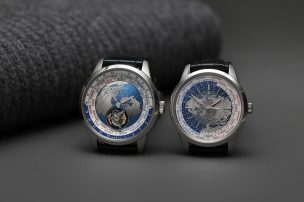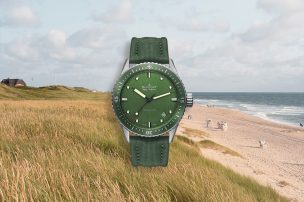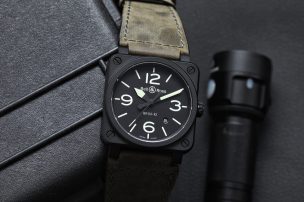
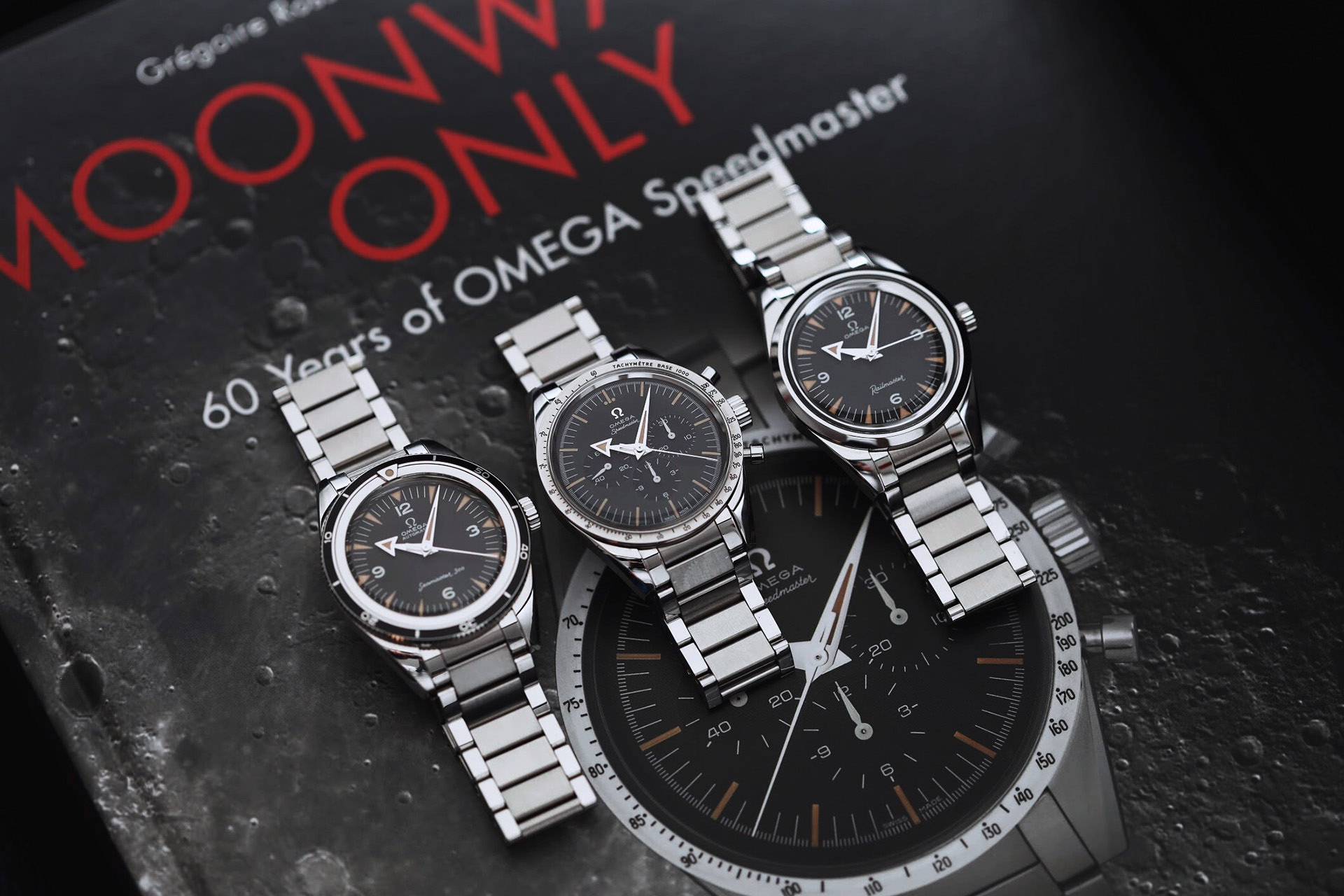
OMEGA Trilogy 60th Anniversary collection
In 1957 the Soviet Union launches the Sputnik-Satellite, the fashion icon Christian Dior dies, Ai Weiwei was born, and John Lennon and Paul McCartney meet for the first time at a church-festival and later founded the Beatles. In the same memorable year, OMEGA released three new watches from their professional collection, which still today are amongst the most common classical watches – the Seamaster 300 (actually first introduced in 1948), the Railmaster and the Speedmaster. In 2017, OMEGA re-launched all three professional watches for its 60th anniversary.
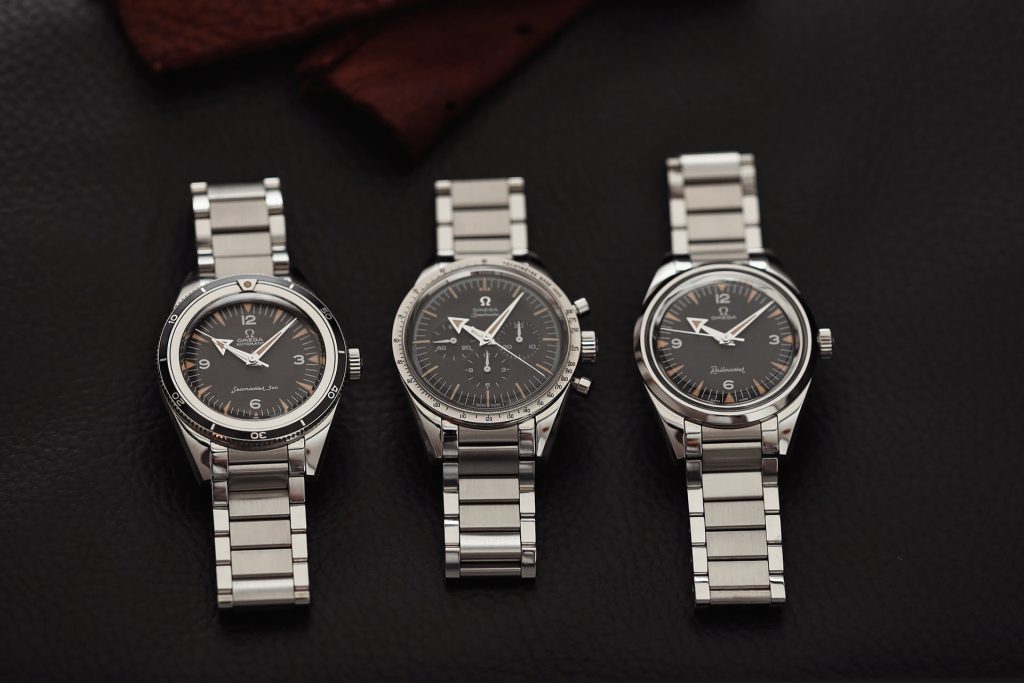
The OMEGA Trilogy collection
50s style meets 21st Century tech
The most iconic of these three watches would probably be the Speedmaster. This watch has made it to the moon, and back. Its chronograph function was also responsible for the rescue of the Apollo-13-Mission when Astronauts counted the critical 14 seconds correcting their direction when re-entering into the earth’s atmosphere. The ‘Broad Arrow’ – as the Speedmaster is called due to its distinctive hands – was originally designed in 1957 for racing car drivers and was the first chronograph with the tachymeter scale on the bezel as opposed to printed on the dial.
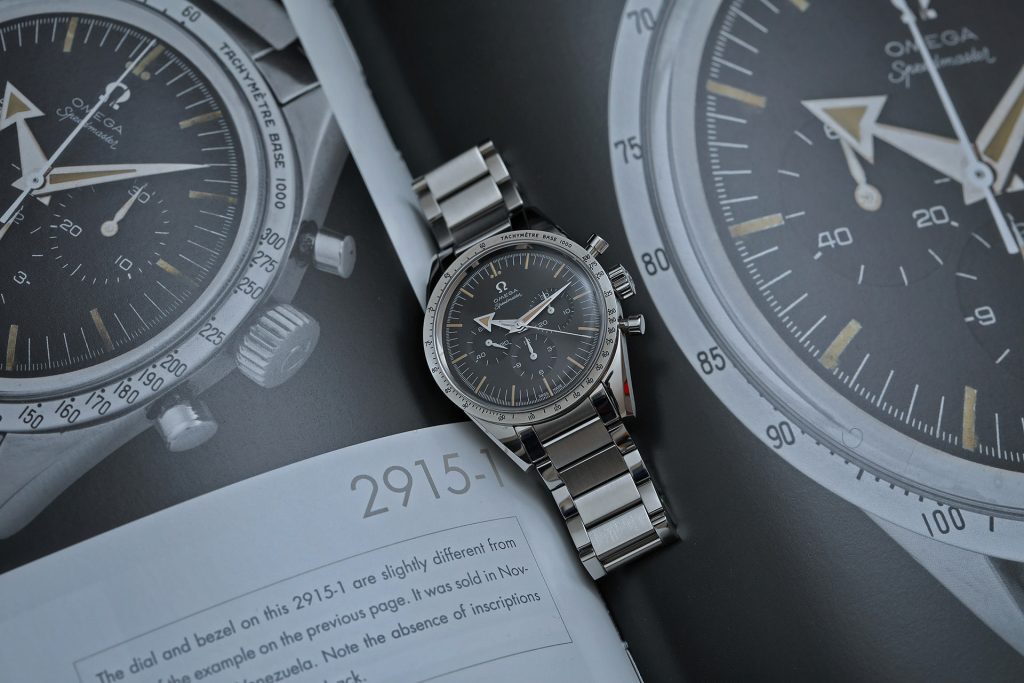
The first Speedmaster (CK2915) was launched in 1957
The history of the Speedmaster from 1957 to today is divided by three periods: pre-space, pre-Moon and post-Moon. In the pre-space period between 1957 to 1964 the Speedmaster mainly served car racing teams to measure elapsed times and calculate speed. The very first Speedmaster (CK2915) was only in production from 1957 to 1959 and is the most highly valued of all Speedmasters. Approximately 3.000 – 4.000 CK2915 types were manufactured. The distinctive features of this model are its ‘Broad Arrows’ hands and its steel bezel. The new version of the Speedmaster CK2915 is still equipped with all these features for which fans admire it since over 60 years.
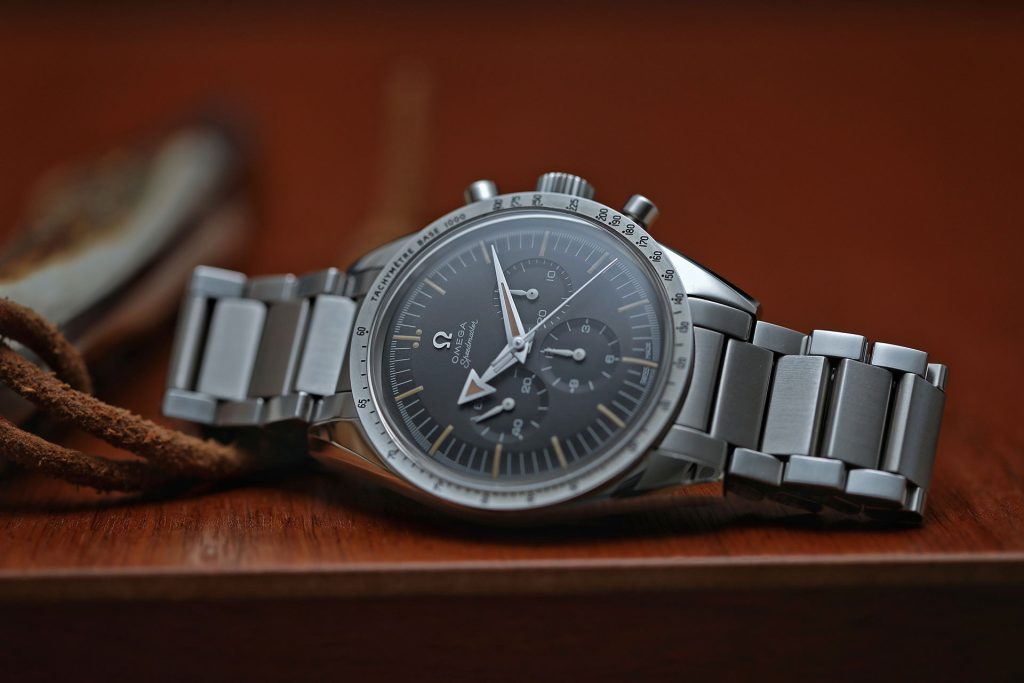
The Speedmaster was the first watch with the tachymeter scale on the bezel
The second OMEGA professional watch from the anniversary collection is the Seamaster 300. As the name tells the watch was made for professional divers, although no diver would ever reach the depth of 660 feet at which this watch is made water resistant. OMEGA at that time developed a new interesting technology for protecting the crown. All commercial crowns at diving watches were screwed-down in order to keep water from entering the case. OMEGA introduced the ‘Naiad’ crown, which locked itself depending on water pressure. The further the diver went below the tighter the grip of the crown and its sealing material.
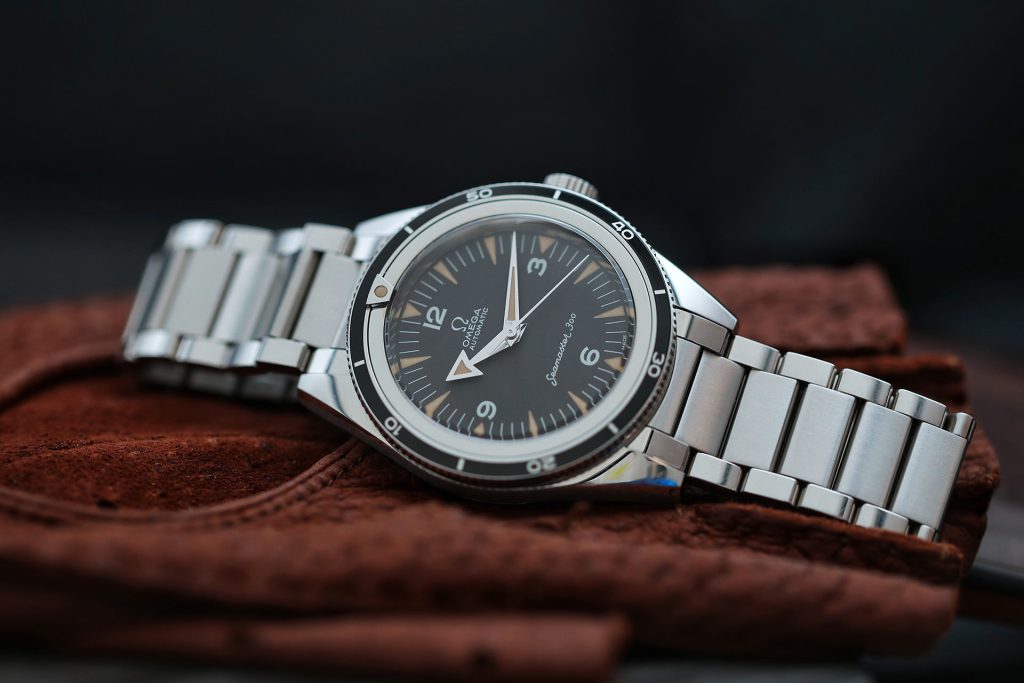
The OMEGA Seamaster 300 from the Trilogy collection
Finally, the Railmaster (CK2914) completes the Trilogy collection. It was designed to be an elegant, however simple and efficient watch to be worn at work. The technological upswing of the early 1950th caused stronger magnetic fields, which had impact onto the accuracy of watches. It is to mention that OMEGA is a specialist on this field. They already tested new antimagnetic movements in the late 40s with double-case constructions made of a nickel-iron alloy to deflect magnetic waves around the movement. Hence the watch can resist magnetic fields of 15.000 Gauss. The Ministry of Defense received the first OMEGA Railmaster watches for their pilots in 1953. The series was commercially released in 1957.
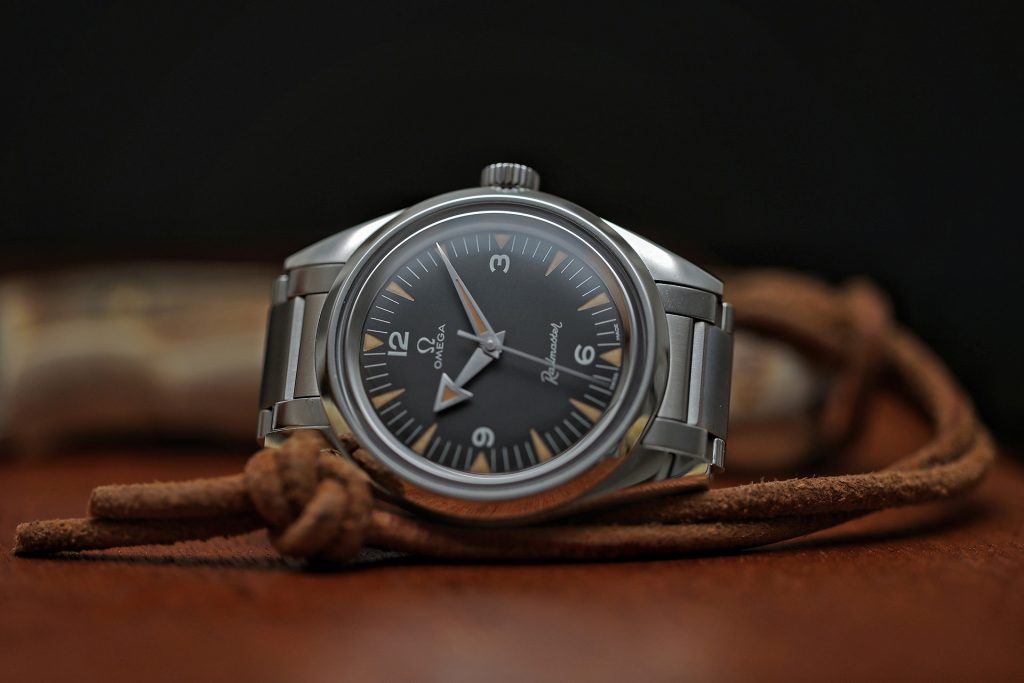
The OMEGA Railmaster from the Trilogy collection
Over the past 60 years the OMEGA professional collection has changed constantly. However the original style has always been preserved and true fans will always recognize an OMEGA Speedmaster, Seamaster or Railmaster instantly. Each watch is limited to 3,557 pieces and delivered inside a red, corduroy-lined box with two spare straps (leather and NATO). For those enthusiasts who cannot make a choice, OMEGA offers a limited (557 pieces) Trilogy box. However, the watches from the limited box say ‘Trilogy XXX’ on the dial. To bed the iconic timepieces reasonable, the box is made from oak wood from a tree in the Swiss mountains that was planted in 1898, the year OMEGA relocated to Biel. It seems that OMEGA very well knew that their horological journey will last for a very long time.
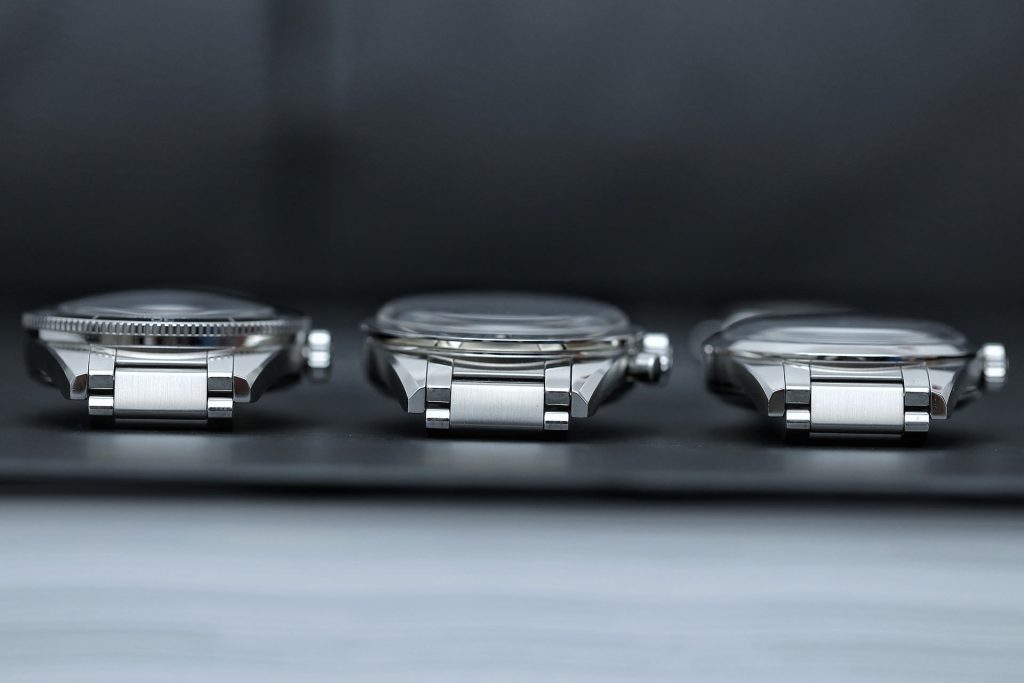
OMEGA Trilogy
